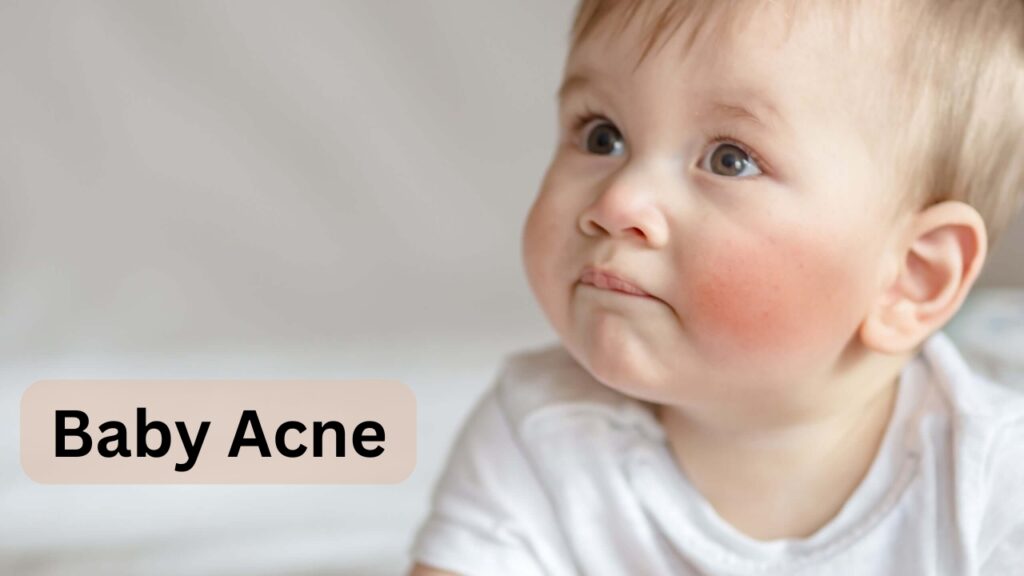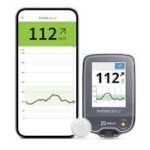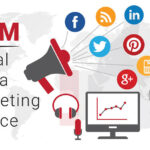Introduction
Understanding the different stages of baby acne is crucial for parents. It not only empowers them to manage it effectively but also reduces their anxiety about their baby’s skin health. Let’s delve into the stages of baby acne, what causes it, and how you can handle it.
What is Baby Acne?
Baby acne, also known as neonatal acne, is a common condition that affects many infants. It causes tiny red or white bumps on a baby’s face and usually appears within the first few weeks after birth. Importantly, it is generally harmless.
Causes of Baby Acne
- Maternal Hormones: During pregnancy, maternal hormones can cross the placenta and affect the baby’s skin. These hormones may stimulate the oil glands in the baby’s skin, leading to acne.
- Immature Pores: A newborn’s skin is still developing, and the pores may be more susceptible to clogging, resulting in acne.
- Inflammatory Response: Babies can have an inflammatory response to various factors, including clothing, detergents, or environmental irritants, which can lead to acne.
- Yeast (Malassezia): Sometimes, a type of yeast known as Malassezia can contribute to developing baby acne by causing inflammation.
- Genetic Factors: If parents had acne as babies or have a history of acne, their newborn might also be more prone to developing baby acne.
- Medication: If the mother is taking certain medications while breastfeeding or if the baby is on medication, these can sometimes trigger acne.
Stage 1: Newborn Acne
Characteristics and Appearance
Newborn acne appears as red or white bumps, primarily on the cheeks, nose, and forehead.
Typical Age Range
This stage typically affects babies within the first few weeks of life, usually peaking around 2 to 4 weeks.
Common Triggers
- Hormonal changes
- Overheating
- Skin irritants
Stage 2: Infantile Acne
Differences from Newborn Acne
Infantile acne is more severe than newborn acne and can include blackheads, whiteheads, and sometimes cysts.
Symptoms and Signs
- Persistent red bumps
- Potential scarring if severe
Age Range
This stage usually occurs between 3 to 6 months of age.
Stage 3: Toddler Acne
How It Manifests
Toddler acne is rare but can occur. It often resembles teenage acne with pimples and potential blackheads.
Key Indicators
- Persistent pimples
- Blackheads or whiteheads
Age Range
Typically affects children aged 1 to 3 years.
Common Misconceptions about Baby Acne
Myths vs. Reality
- Myth: Baby acne is caused by poor hygiene.
- Reality: It’s mainly due to hormonal changes.
Parental Concerns
Parents often worry excessively about baby acne, thinking it’s a severe condition when it’s usually not.
Factors Contributing to Baby Acne
Hormonal Influences
Hormones passed from the mother to the baby can cause the sebaceous glands to produce more oil.
Environmental Factors
- Overheating
- Rough fabrics
- Saliva or milk irritation
Genetic Predisposition
If parents had acne, their babies might be more prone to it.
When to Seek Medical Advice
Signs That Require Professional Attention
- Severe or persistent acne
- Acne that causes discomfort
- Signs of infection, such as swelling or pus
Understanding Severity
Mild acne is regular, but severe cases might need medical intervention.
Home Remedies for Managing Baby Acne
Safe Practices for Parents
- Gently cleanse the baby’s face with water and mild baby soap.
- Avoid harsh scrubs or lotions.
Natural Treatments
- Using breast milk as a gentle treatment
- Applying diluted apple cider vinegar (consult a doctor first)
Medical Treatments for Baby Acne
Over-the-Counter Options
- Mild topical treatments recommended by pediatricians
Prescription Treatments
- For severe cases, doctors might prescribe specific creams or medications.
Preventing Baby Acne
Preventative Measures
- Keep the baby’s skin clean and dry.
- Avoid heavy creams and oils on the baby’s face.
Daily Skincare Routine for Babies
- Use gentle baby cleansers.
- Pat the skin dry gently after washing.
Impact of Baby Acne on Baby’s Skin Health
Long-Term Effects
Most baby acne resolves without any lasting effects on the skin.
Skin Care Post-Acne
- Maintain a gentle skincare routine.
- Monitor for any signs of lingering skin issues.
Parental Guidance and Support
Emotional Support for Parents
As a parent, understanding that baby acne is common and usually harmless can significantly ease your anxiety. Your support and guidance are crucial in managing this condition effectively.
Resources and Community Support
- Pediatrician consultations
- Online forums and support groups
Conclusion
Baby acne, while concerning to new parents, is usually a harmless condition that resolves independently. Understanding and managing its stages can ease parental anxiety and ensure the baby’s skin remains healthy.
FAQs
- Can I use acne treatments meant for adults on my baby?
- No, always use treatments recommended explicitly for babies.
- Is baby acne painful for my child?
- No, it typically doesn’t cause discomfort.
- Will baby acne leave scars?
- Most cases of baby acne do not result in scarring.
- How long does baby acne last?
- It usually resolves within a few weeks to months.
- Can breastfeeding affect baby acne?
- Hormones from breastfeeding can influence baby acne, but it’s not a reason to stop breastfeeding.



